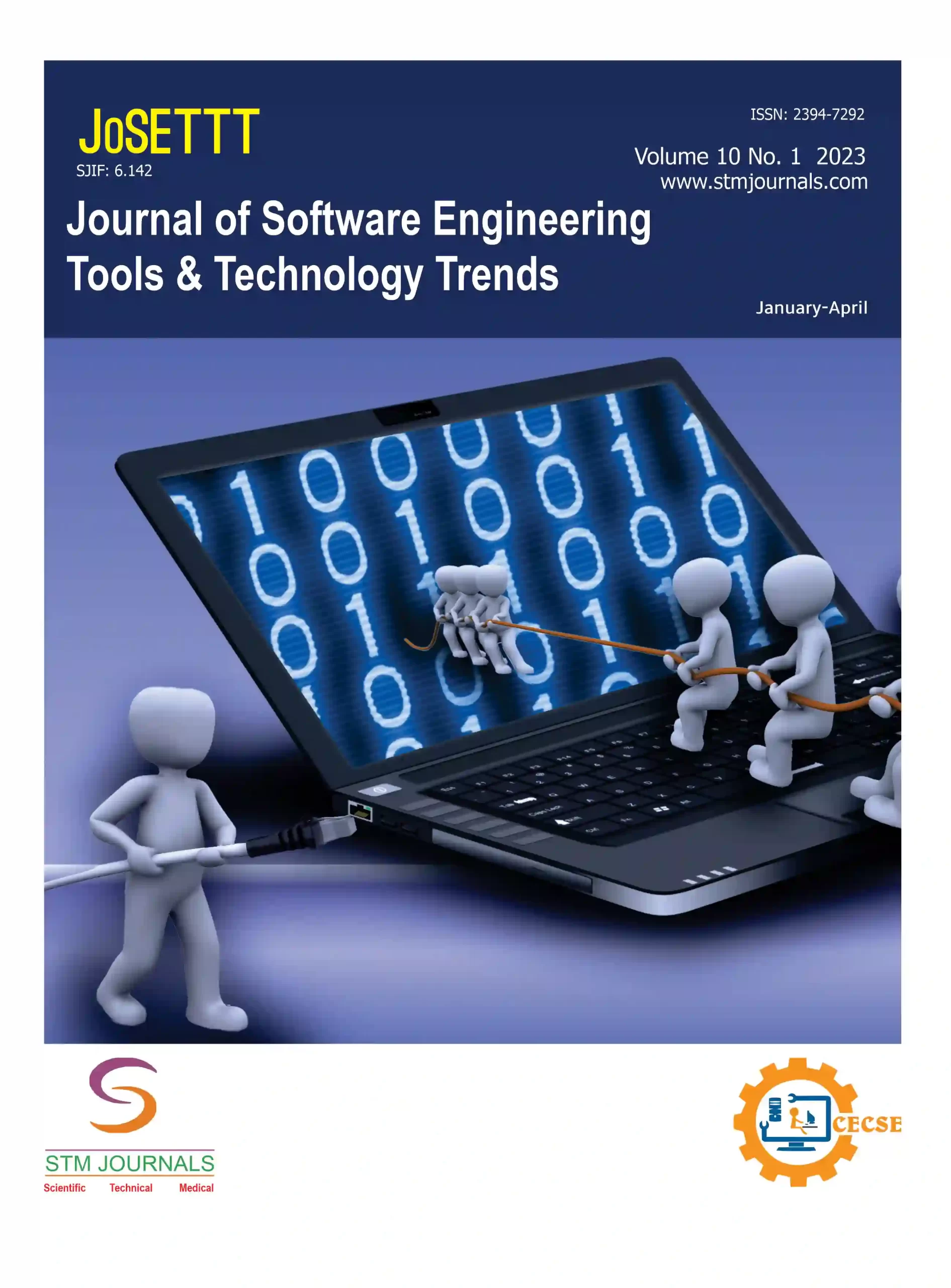
Ajaybeer Kaur,

Ritvik Kalsotra,

Satyam Pandey,
- Assistant Professor Department of Computer Science, Chandigarh Group of Colleges College of Engineering, Ajit Singh Nagar Punjab India
- Student Department of Computer Science, Chandigarh Group of Colleges College of Engineering, Ajit Singh Nagar Punjab India
- Student Department of Computer Science, Chandigarh Group of Colleges College of Engineering, Ajit Singh Nagar Punjab India
Abstract
The field of quantum computing is rapidly evolving and holds the potential to fundamentally change our approach of tackling complex problems. In this research, the fundamentals of quantum computing and some possible uses for it are examined. Also, a general review of classical computing and its shortcomings in several specific problem-solving scenarios is outlined. Qubits serve as the foundational elements of quantum computing. The different kinds of quantum bits, or qubits, and how they vary from conventional bits is discussed. The concept of entanglement, which makes it possible for qubits to be coupled in a manner that conventional bits cannot, is also taken into account. Quantum computing holds promise for applications such as simulation, optimization, and cryptography. The advantages of quantum computers over traditional computers make it to tackle issues such as factoring big numbers and mimicking intricate physical systems.
Keywords: Quantum computing, qubits, entanglement, classical computing, problem-solving
[This article belongs to Journal of Software Engineering Tools & Technology Trends(josettt)]
References
- Nielsen AM, Chuang LI. Quantum Computation and Quantum Information. Cambridge: Cambridge University Press; 2000.
- Knill E. Quantum computing with realistically noisy devices. Nature. 2005; 434(7029): 39–44.
- DiVincenzo PD. The physical implementation of quantum computation. Fortschr Phys. 2000; 48(9–11): 771–783.
- 4Mizel A, Lidar AD, Mitchell M. Simple proof of equivalence between adiabatic quantum computation and the circuit model. Phys Rev Lett. 2007; 99(7): 070502.
- Chaurasiya R, Dey D, Rakshit T, Bhattacharyya S. A Single Qubit Quantum Perceptron for OR and XOR Logic. In: Bhattacharyya S, Das G, De S, editors. Intelligence Enabled Research. Studies in Computational Intelligence, vol 1029. Springer, Singapore; 2022. https://doi.org/10.1007/978-981-19-0489-9_11.
- Raussendorf R, Briegel JH. A one-way quantum computer. Phys Rev Lett. 2001; 86(22):5188–5191.
- Kurgalin S, Borzunov S. Concise Guide to Quantum Computing: Algorithms, Exercises, and Implementations. Switzerland: Springer Nature; 2021.
- Lipton RJ, Regan KW. Introduction to Quantum Algorithms via Linear Algebra. MIT Press: Cambridge, USA; 2021.
- Hughes C, Isaacson J, Perry A, Sun FR, Turner J. Quantum Computing for the Quantum Curious. Cham: Springer; 2022.
- Yao QK, Zhang B, Luo YW, Huang H. No-Cloning Theorem, Leibniz’s Principle, and the Notion of Uniqueness. OA Lib Journal. 2014; 1: e981(5p).
- Pattanayak S. Quantum Deep Learning. In: Quantum Machine Learning with Python. Apress, Berkeley, CA; 2021. https://doi.org/10.1007/978-1-4842-6522-2_6.

Journal of Software Engineering Tools & Technology Trends
| Volume | 11 |
| Issue | 01 |
| Received | February 20, 2024 |
| Accepted | April 2, 2024 |
| Published | April 5, 2024 |

